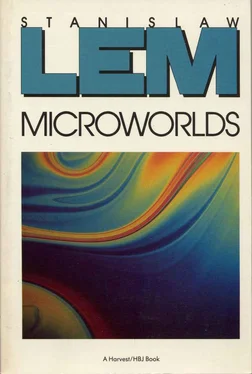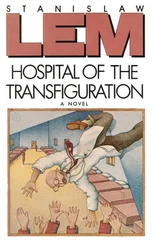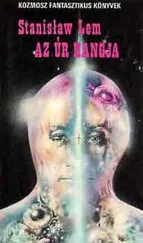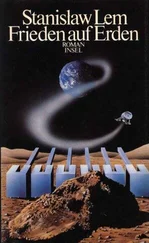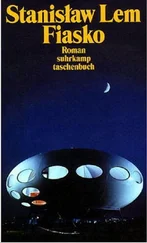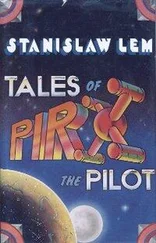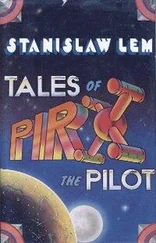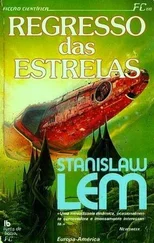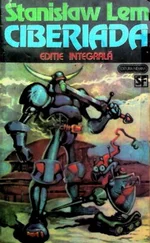In his conversation with Noonan, Pilman is certainly less spitefully laconic than he is with journalists. Because he is talking confidentially to someone he knows -besides which he is somewhat inebriated — he inclines toward straightforwardness. That Pilman, as he is psychologically delineated by his judgments on the landing, is by the same token not unbiased is another matter. The simile of leftovers from a picnic which he has availed himself of may accurately reflect the situation of human beings vis-à-vis the things found in the Zone; but in respect to the visitors it is all too lenient. The so-called leftovers, objects that are dangerous to all living beings, were not after all thrown away in some deserted spot. They were tossed into the middle of a city. It is a fact that urban areas do not amount to even one percent of earth’s surface. That is why, though the cosmos has been “throwing” meteors at the earth for millennia, so far no meteor has fallen on a city. It would seem, then, that the landing in Harmont was not the work of chance. One could suppose that the visitors landed in the city because they wanted to. They held their picnic not on a roadside or in a deserted clearing, but right on top of our heads. The event thereby appears in another light. There is, after all, a difference between sitting down for a picnic near an ant hill, and pouring gasoline from the car over the ant hill and setting it on fire. The roadside picnic of Pilman’s friendly analogy presupposes total indifference to the fate of the human ants. The picture of deliberate destruction, on the other hand, presupposes a high level of ill will, since one would really have to take the trouble of coming from far off in order to destroy the ant hill. Indifference and malevolence are not the same thing; and in this regard it is unfortunate that the story is silent as to whether even one of the other landings took place in a human settlement.
As we see, this bears on a paramount question, one that is critical for clarifying the visitors’ relationship to man, and hence a question that all the characters in the fiction must similarly be aware of. One landing in a city could be the work of extraordinary chance, but two such landings certainly could not. We are thus inevitably led to the following reflection: if it were the case that the visitors had also landed in another city apart from Harmont, a roadside picnic would manifestly be a false image. But since Pilman has chosen this analogy, we assume that we are dealing with an isolated fact. That is very important for our further considerations.
Dr. Pilman details various hypotheses concerning the nature of the landing. He omits only one that commands our attention. This we will introduce after we have gathered (as follows) the conclusive evidence in its favor…
(1)
First of all, two characteristics — unrelated to one another — of almost all the objects found in the Zone attract our notice. One is that these objects have retained a measure of functionability: they are not passive, lifeless, deactivated waste or rubbish. The second is that they are commensurable in size (and weight) with the human body. This can be inferred from the fact that one man can lug objects well-nigh intact from the Zone on his back without having to take them apart first. None of the larger units needs to be dismantled or broken up — which is why the equipment of the treasure hunters
includes no tools. These objects lie loosely strewn about. Now suppose we were to dump a considerable amount of the industrial debris of our civilization (wrecked cars, industrial equipment, scrap metal, old bridges, used machines) here and there on the Samoan Islands: the natives would in that case come upon far more objects incommensurable with their bulk than corresponding to it. If, on the contrary, a number of strange objects found scattered in a given place were of an order of magnitude according with that of the human body, it would be an a priori probable hypothesis that these things had been destined for their discoverers. Naturally one can still claim that pure chance is answerable for the fact that the objects found in the Zone are proportionate to human bulk. But it appears otherwise when many “pure coincidences” begin to come together in a meaningful pattern.
(2)
Next, it is notable among the Zone’s numerous characteristics that its boundaries are rigidly and sharply fixed. Neither flying objects such as the “hairy stuff”
(1:19) nor other Zone phenomena (the “jelly” [2:56], thermal shocks, etc.) ever cross over the demarcation line between the Zone and its environs. One could once more claim that this “self-containment” of the Zone, which sets its own strict limits, is the result of a further “pure coincidence.” However, it is a priori a more probable hypothesis that this is not the case, but that the Zone “holds itself in check” because it contains something that, according to the visitors’ plan and intent, merits such enclosure.
(3)
Then again, entire objects lie scattered chaotically in the Zone. It is probably this that has put Dr. Pilman in mind of a roadside picnic, where garbage is left behind. It thus really does appear as if these things were carelessly thrown away. But one can also defend the view that nobody threw them away, that they scattered themselves chaotically when the containers they were brought in burst.
(4)
Furthermore, the objects in the Zone frequently have the character of extremely dangerous pitfalls or booby-traps. Compared to dealing with them, defusing bombs or mines is sheer child’s play. Again one cannot exclude the possibility that they were carelessly discarded by visitors indifferent to human welfare, or even the other possibility that the visitors treated people in the way that an assassin treats children when he passes out poisoned candies in a kindergarten. But another explanation is also permissible: that the objects do not function in the way they should because they were damaged during the landing.
(5)
Finally, it is worth remarking that among the forces at work in the Zone are those that produce an effect of “resurrection from the grave.” Under their influence, human corpses rise up and begin to move about. This is treated as a resurrection not of the dead, who are thereby returned to their normal state of living, but — to use the term from the story — of “moulages — … dummies” (3: 109), whose newly formed tissue is not identical with normal living tissue. To quote Pilman: “If you cut off some part… [from these living corpses], the part will live on. Separately. Without any physiological solutions to nourish it” (3:109). (Dr. Pilman claims that such a quasi-resurrection would violate the second law of thermodynamics; this is not a necessarily valid conclusion, but we do not want to quarrel with the learned man at this point, because doing so would take us too far off our track.) The “pseudo-resurrection” of the “zombies,” or “moulages” -their reconstruction from a skeletal basis — is an effect that is very important for understanding the nature of the landing. Their “resurrection” seems to be more probable as a consequence of purposive rather than undirected activities; and by the same token, it
would certainly appear easier to resurrect real, concrete life forms (i.e., terrestrial ones, consisting of albumen) than “omnipossible” (and hypothetical) forms of life in the cosmos. We do not know if that is correct, just as we do not know if the effect was not directed exclusively at the visitors themselves (it might be a “remedy in their first-aid kit”). But whatever is the case, the resurrection effect suggests that the visitors knew a lot about the physiology of terrestrial life forms.
All of this constitutes the evidence for our hypothesis. We maintain that there has been no landing after all. Our hypothesis, indeed, runs otherwise… A spaceship filled with containers that held samples of the products of a highly developed civilization came into the vicinity of the earth. It was not a manned ship, but an automatically piloted space probe. That is the simplest explanation of why no one manages to observe a single visitor. Every other hypothesis has to assume either that the visitors are invisible to humans or that they deliberately hide from them. In the approach to earth, the vessel sustained damage and broke into six parts, which one after another plunged from their orbit to earth.
Читать дальше
